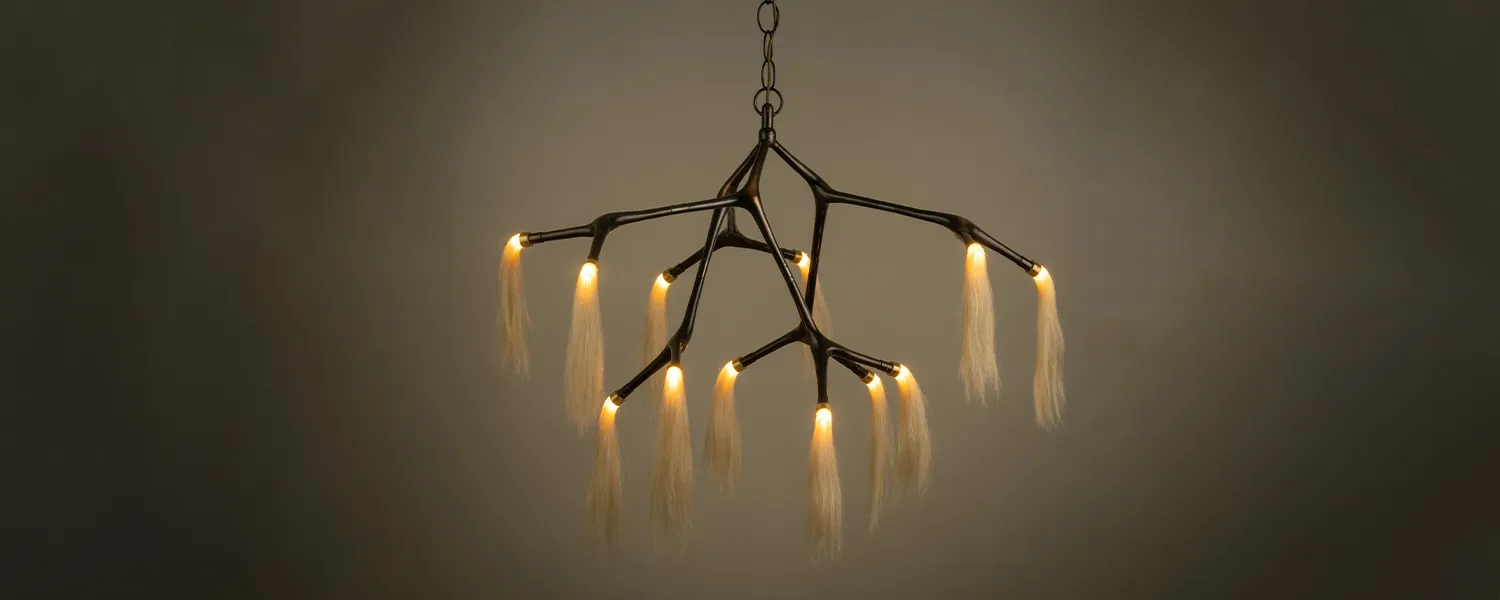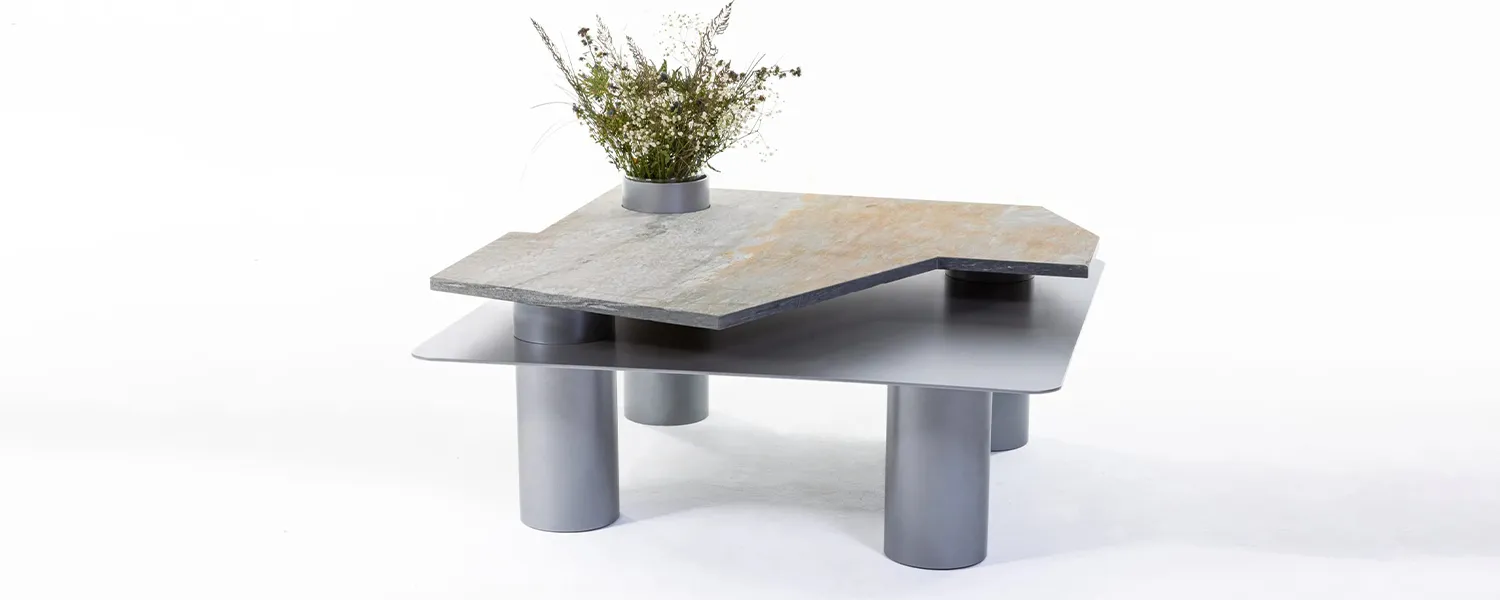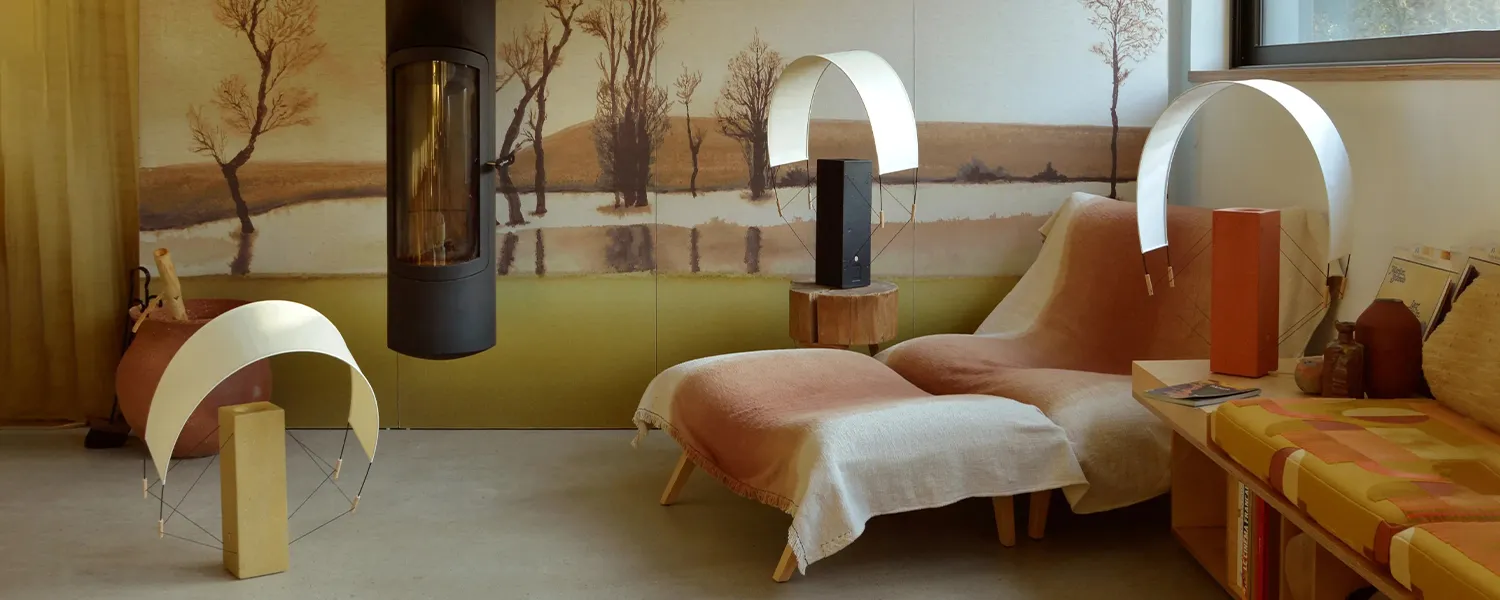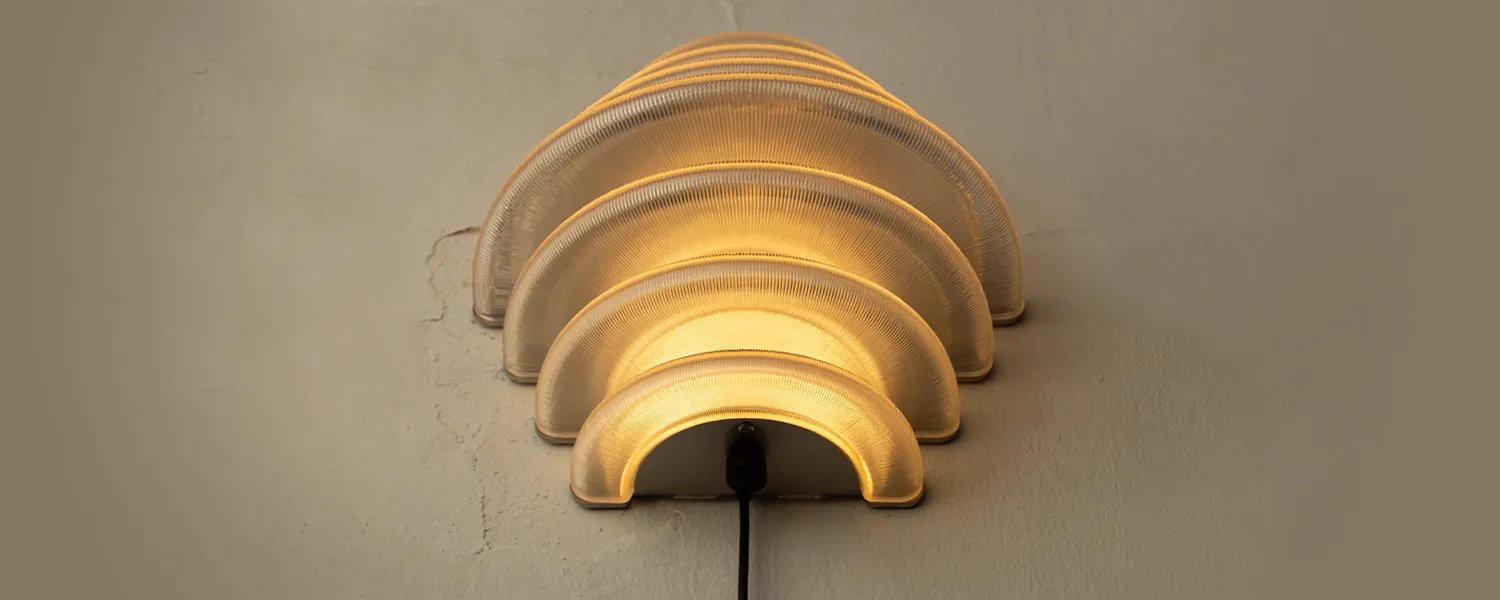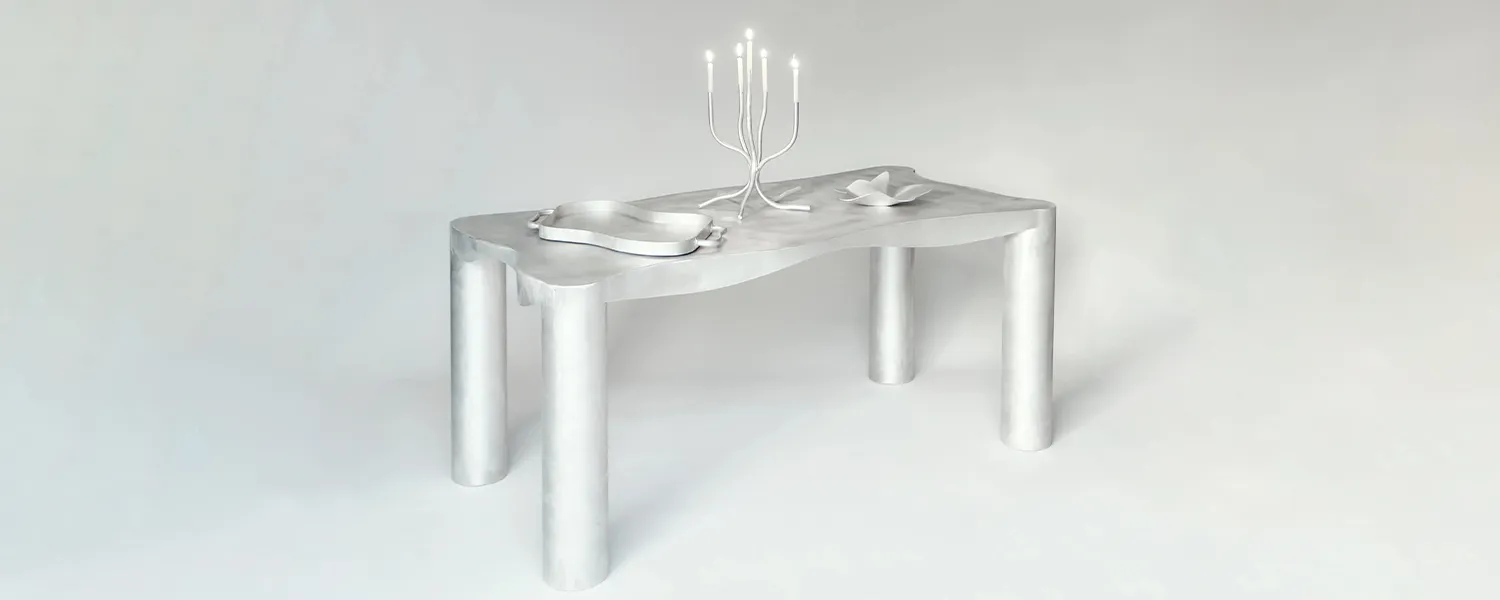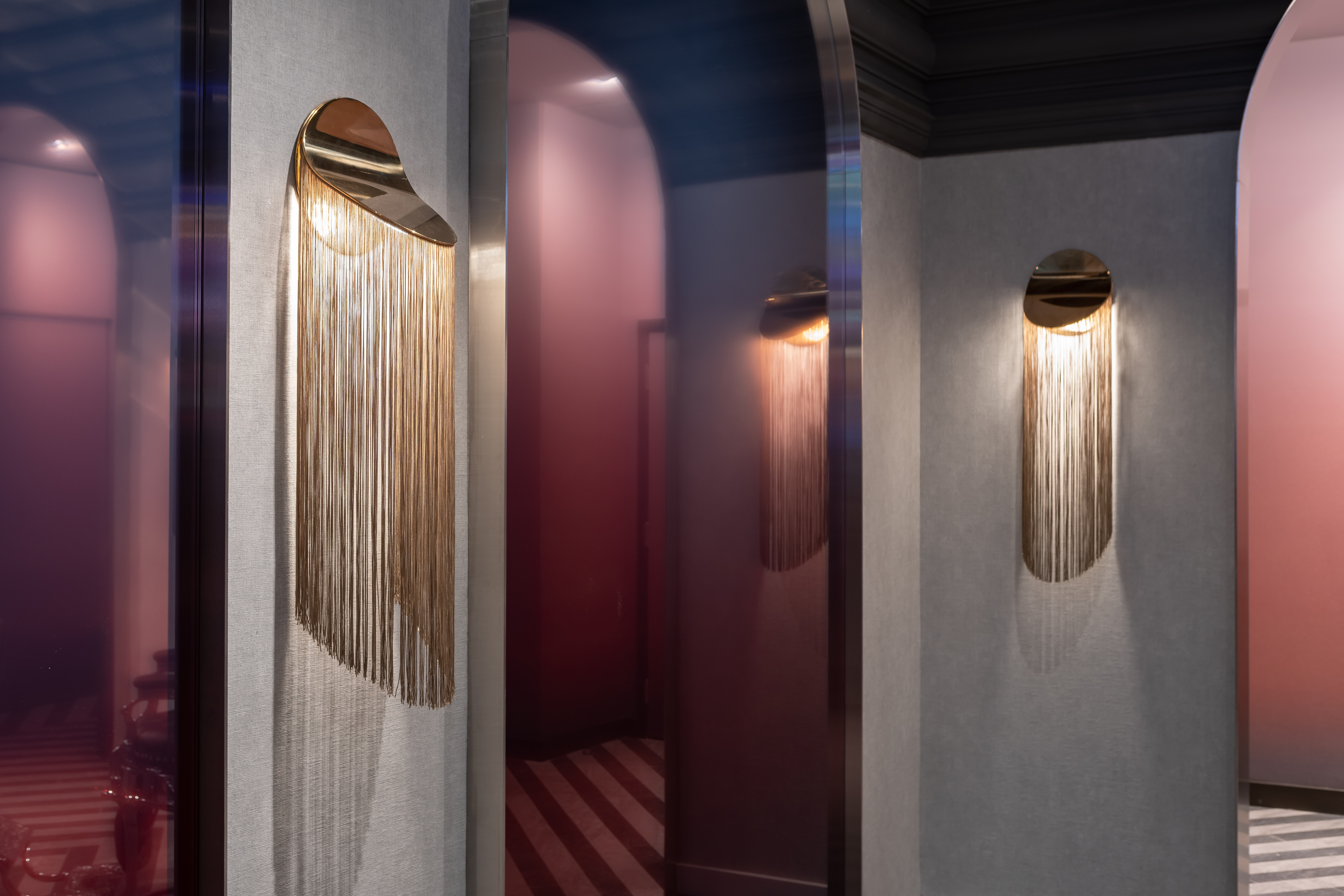
Wall Sconces: Jewelry for Your Walls
The right sconce can shift a room’s entire character. These fixtures have moved beyond their utilitarian origins in unexpected ways—not just illuminating spaces, but sculpting them. Their scale makes them particularly versatile: small enough to layer thoughtfully, yet significant enough to serve as architectural anchors. When placed with intention, wall sconces become a form of light choreography, casting precise pools of illumination that transform flat surfaces into studies of depth and shadow.
This evolution in lighting design reflects a broader shift in how we think about our spaces. Where traditional overhead fixtures flood a room with uniform light, sconces offer something more nuanced—the ability to guide the eye, to highlight texture, to create moments of visual interest that shift as day turns to evening. Their compact form allows for precise control over both placement and effect, making them equally suited to washing a wall with soft light or creating dramatic contrasts that bring architecture to life. Read on to discover how to choose, position, and style wall sconces to best enhance your space.
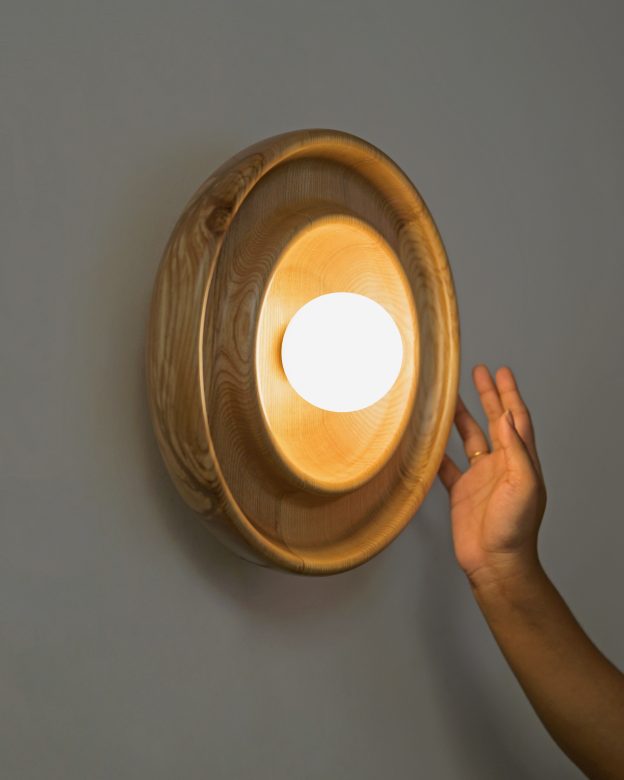

by Studio Indigene
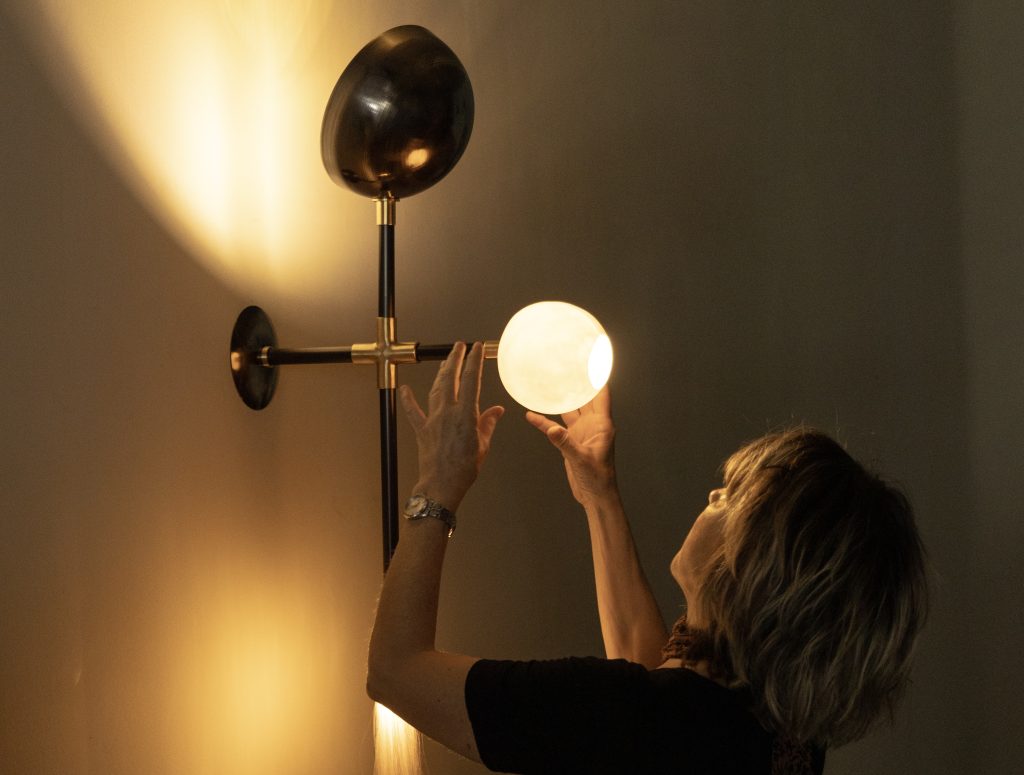

by Isabel Moncada
What is the difference between Sconces and Wall Lights?
Sconces and wall lamps share the same primary purpose—lighting a space—but subtle differences in design set them apart. Sconces are typically fixed, sculptural fixtures that prioritize form over function, often serving as artistic statements within a room. Wall lamps, by contrast, tend to emphasize utility, offering adjustable or directional designs that cater to specific tasks while still contributing to a room’s ambiance.
Sconces are less about utility and more about creating mood and texture in a space. They play with light and form in a way that feels like an artist’s brushstroke or a jeweler’s setting, making them a natural choice for those looking to turn walls into bold design statements. Think of wall lamps as tools and sconces as treasures. While a wall lamp might illuminate your evening read, a sconce frames your fireplace, mirrors your bed, or flanks your favorite piece of art, adding depth and character to the entire room.
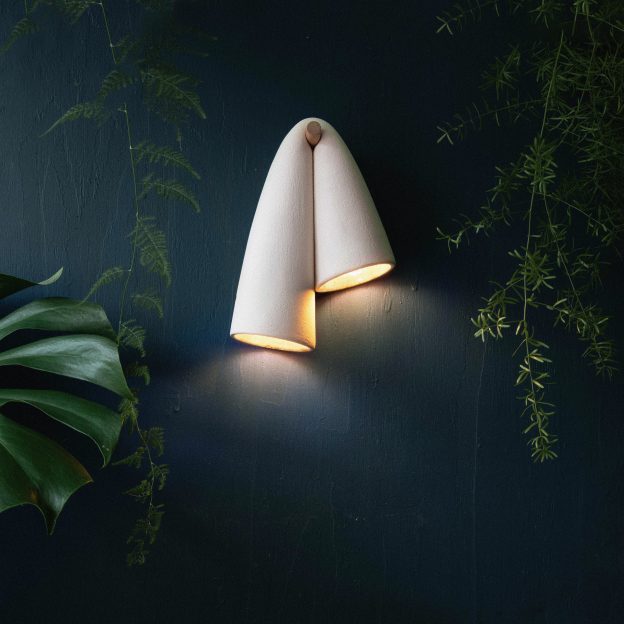

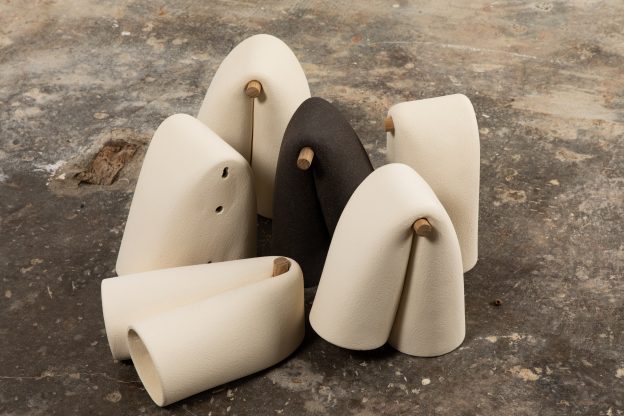

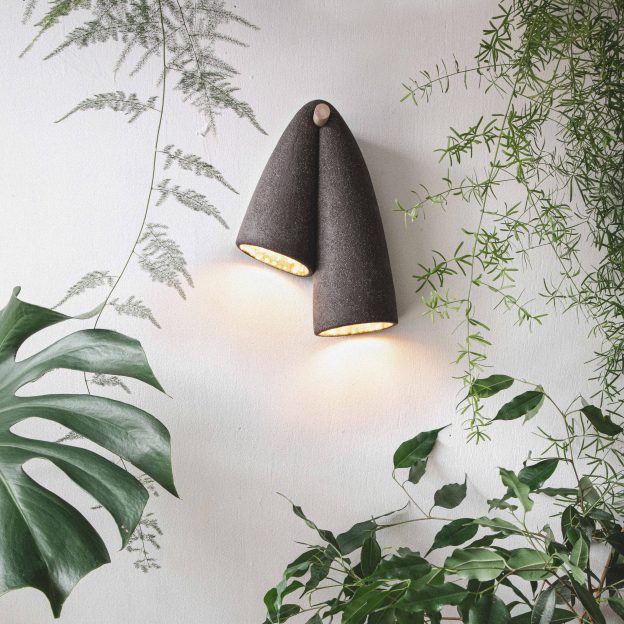

Types of Wall Sconces: Finding Your Style
Contemporary sconce design spans a striking range. Minimalist designs strip down to essentials: thin brass plates washing walls with light, precise metal arms directing beams exactly where needed. On the other end, maximalist or bold statement pieces like ceramic sculptures and architectural forms make the shadows as considered as the light itself. The best designs work equally well in daylight and after dark, proving their worth beyond basic illumination.
Here are some popular styles to consider:
- Modern Minimalist: Clean lines, neutral tones, and sleek finishes like brushed metal.
- Industrial Chic: Exposed bulbs and raw materials such as blackened steel.
- Art Deco Glam: Geometric shapes and luxurious materials, such as brass and frosted glass.
- Organic Sculptural: Nature-inspired silhouettes made from ceramics, stone, or wood.


by Studio Pien Post
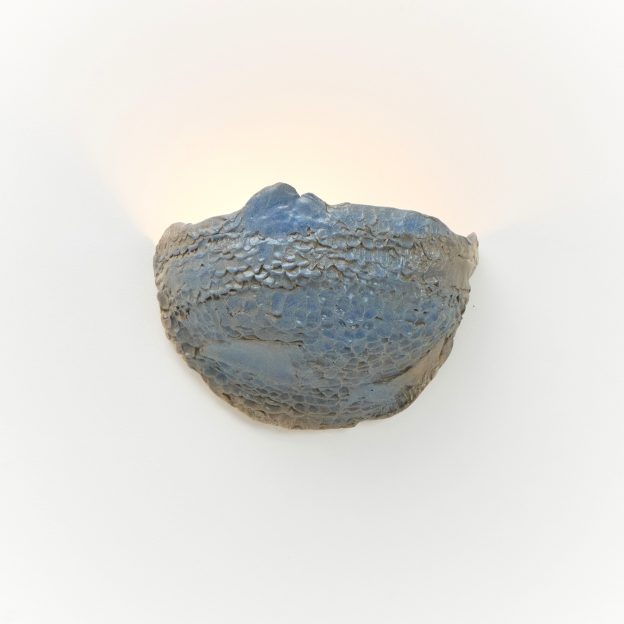

by Project 213A
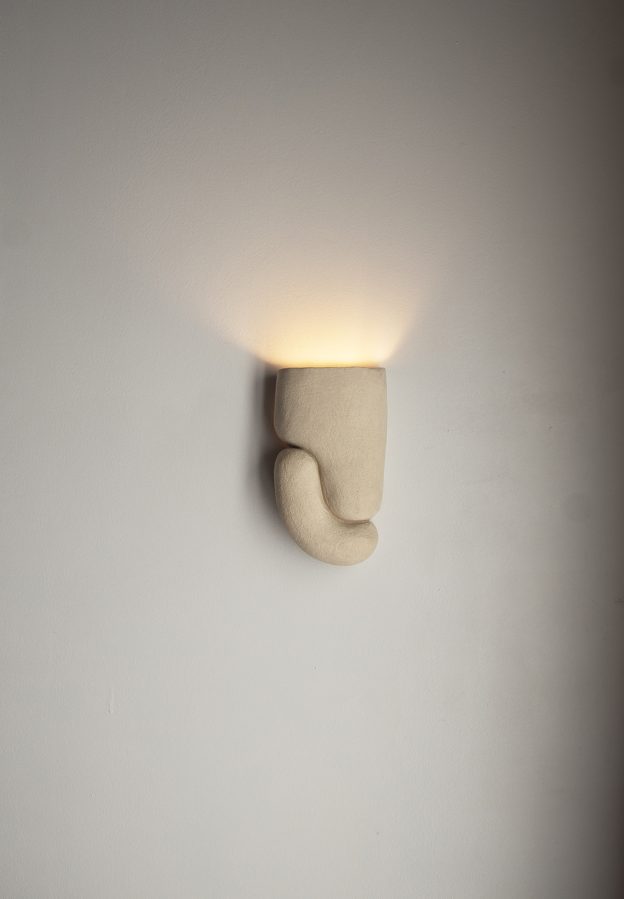

by Lahana Alice
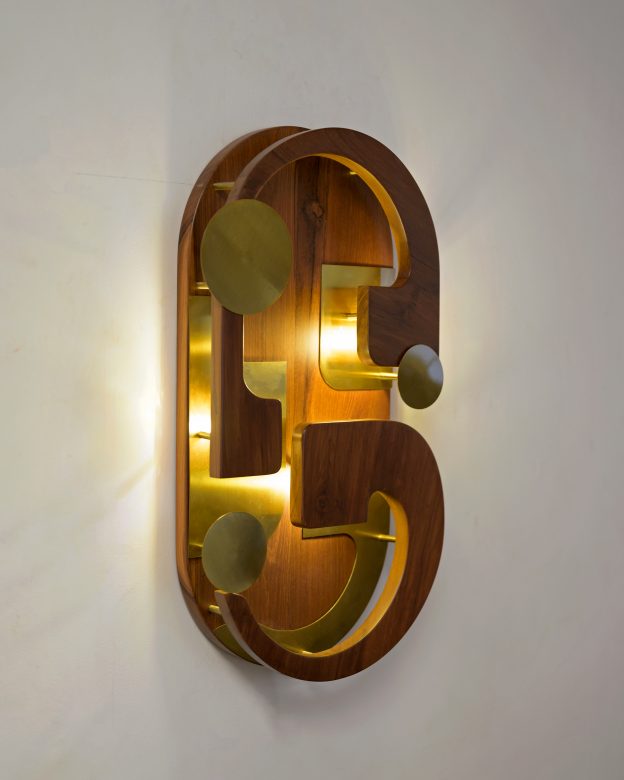

by Studio Indigene
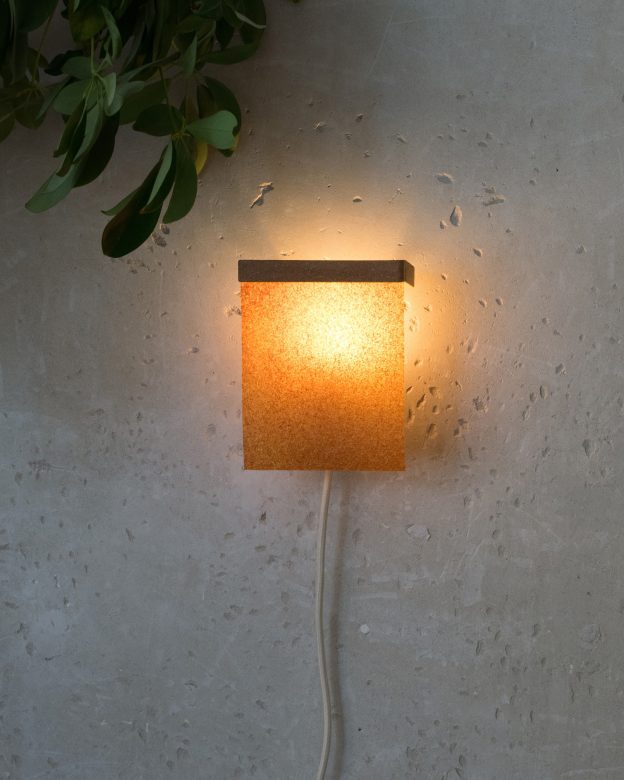

by NOM.Object
How to Position Wall Sconces for Maximum Impact
Sconce placement follows both rules and intuition. While designers typically start with the standard height—60 to 72 inches from the floor—the real art lies in understanding how light shapes space. A pair of sconces can anchor a fireplace or mirror, creating symmetry that draws the eye. In long hallways, staggered placement turns a simple passage into a more dynamic experience. Dining rooms benefit from sconces set high enough to avoid glare but low enough to create intimacy, while bathroom lighting works best with pairs mounted at eye level to eliminate unflattering shadows. The goal isn’t just to illuminate, but to create intentional interactions between light and architecture. Some measurement standards to consider:
- Height Matters: For general lighting, place sconces 60-72 inches from the floor. (152-183 cm). For bedside or reading, adjust lower for practical reach.
- Spacing: In hallways, aim for 6-8 feet (1.8-2.4 meters) apart to avoid shadows while ensuring even lighting.
- Focal Points: Frame mirrors, artwork, or fireplaces with sconces to highlight key design elements.
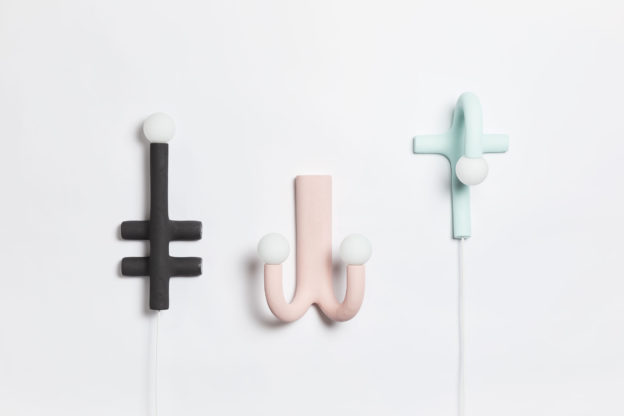

by Hot Wire Extensions
How to Choose the Right Sconce for Your Space
Finding the perfect sconce requires considering both style and functionality—and understanding where these qualities intersect. The scale of your space sets initial parameters: compact rooms call for fixtures that provide focused light without visual weight, while larger spaces can accommodate more dramatic pieces. But the real challenge lies in balancing the fixture’s daytime presence—its materials, form, and scale—with its nighttime performance. A sconce that makes a strong design statement needs to deliver equally compelling illumination.
- Room Scale: Smaller rooms benefit from compact sconces with soft light, while larger spaces can handle bold, oversized designs. Consider the fixture’s proportion both to wall size and viewing distance.
- Purpose & Time: Choose dimmable sconces for living areas to transition from day to evening use. Task areas like bathrooms need consistent, bright light, but consider how morning versus evening light affects skin tones and makeup application.
- Material Performance: Different materials work distinctly across the day. Polished metals catch natural light and create daytime interest, while matte ceramics soften both natural and artificial light. Glass can range from barely-there transparent in daylight to luminous at night. Choose finishes that complement your space in both bright and dim conditions.
- Visual Weight: A sconce that seems perfectly proportioned in daylight might dominate a room when lit. Likewise, a fixture that appears subtle by day could provide surprising drama after dark. Test fixtures if possible in both conditions.
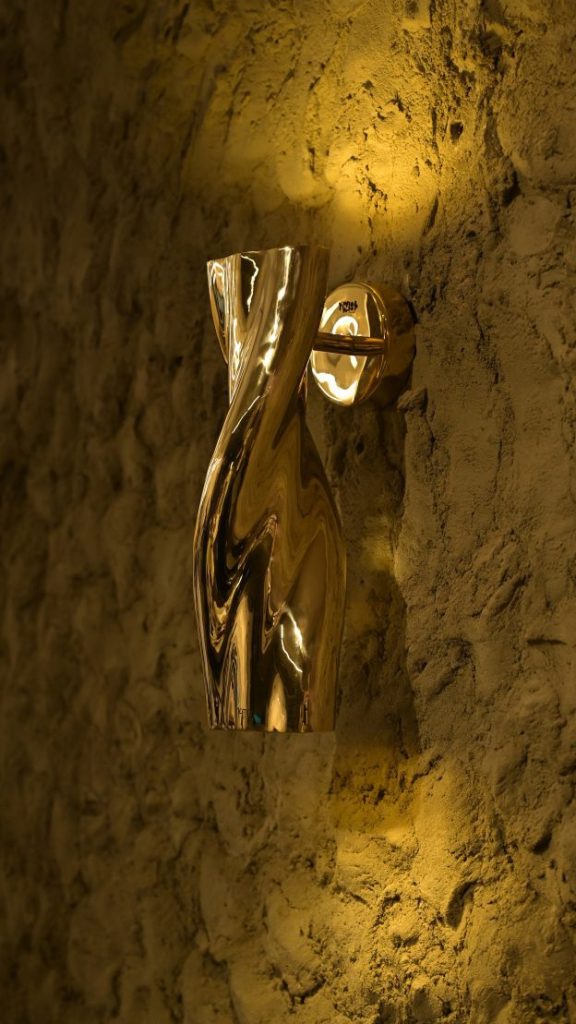

by Nama Home
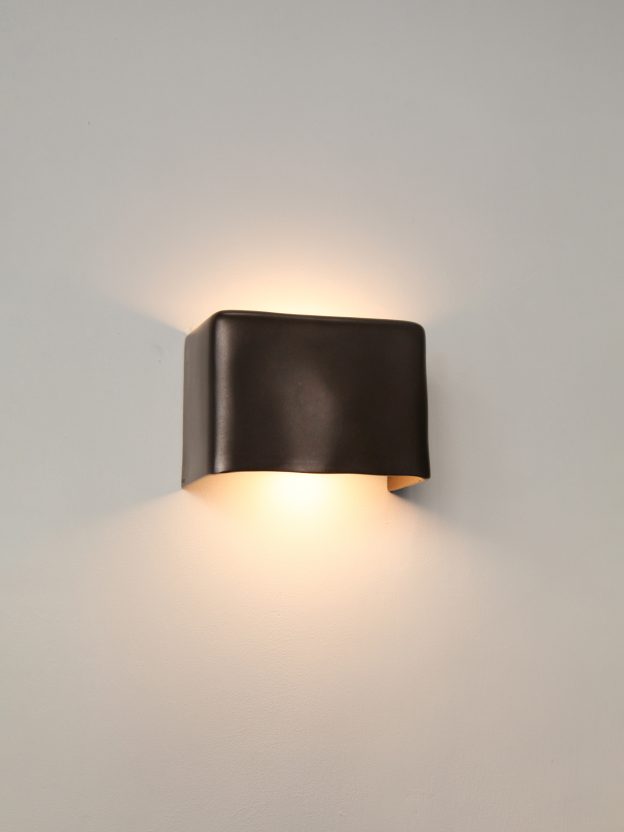

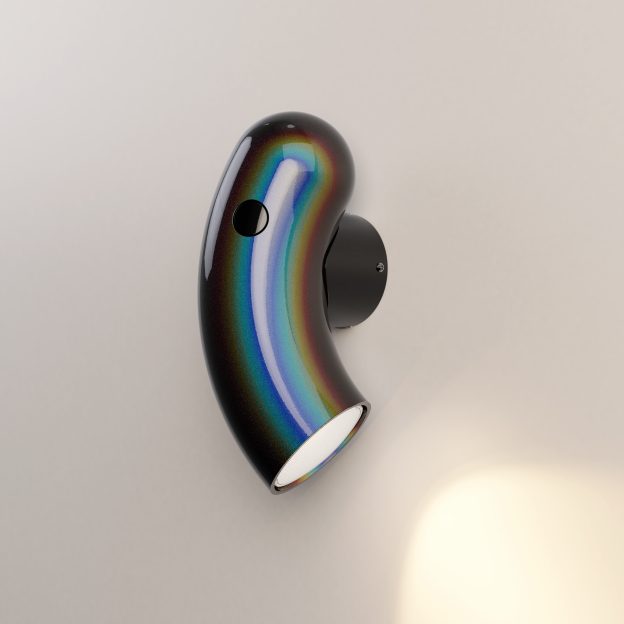

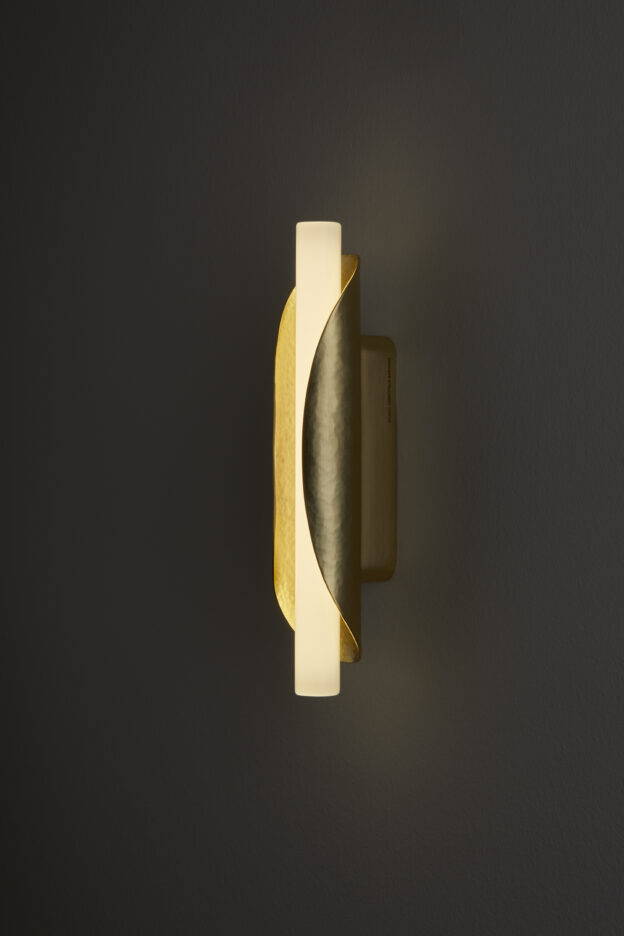

by Studio Aristotelis Barakos
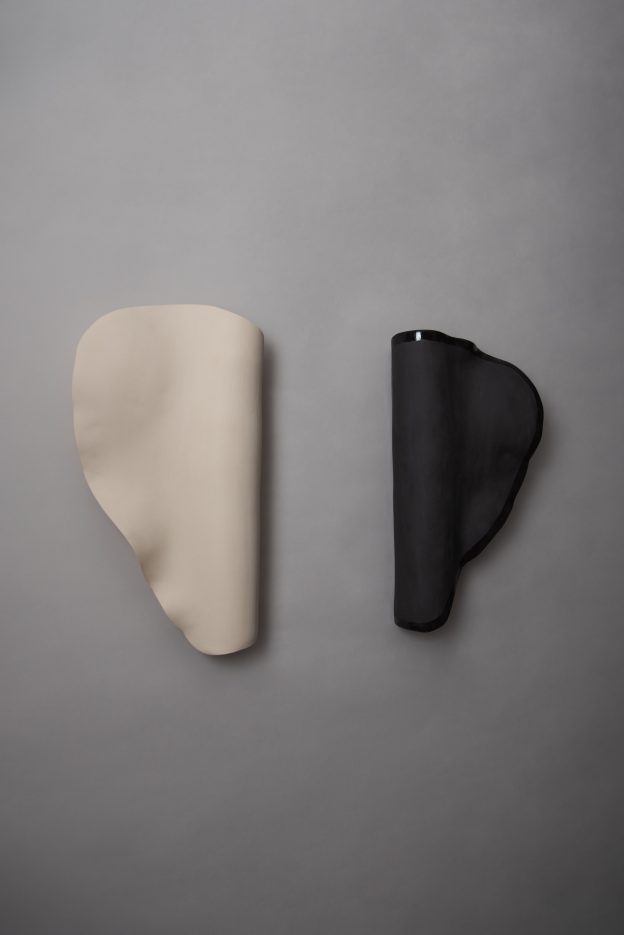

by Studio Ēeme
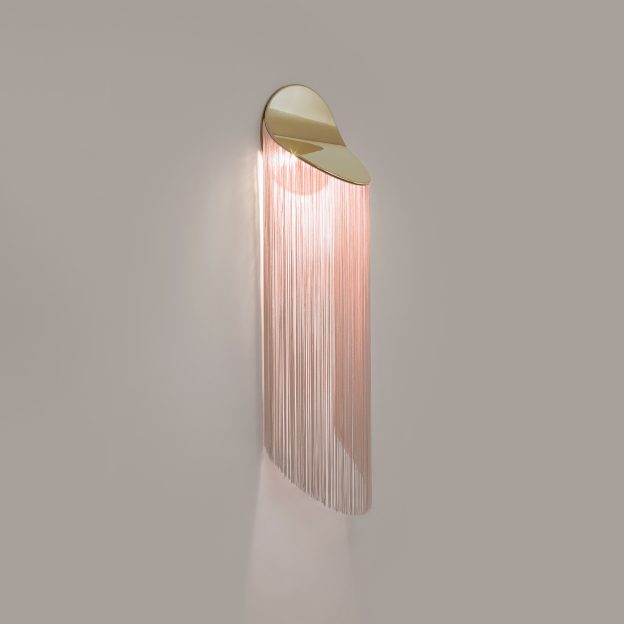

Common Questions About Wall Sconces
Do wall sconces require hardwiring? Many do, but plug-in and battery-operated options are available for flexibility.
Can sconces be used in small spaces? Yes! Compact sconces are excellent for tight spaces, adding both function and charm.
Are sconces versatile in lighting design? Absolutely—they work for ambient, task, or accent lighting, depending on placement and bulb type.
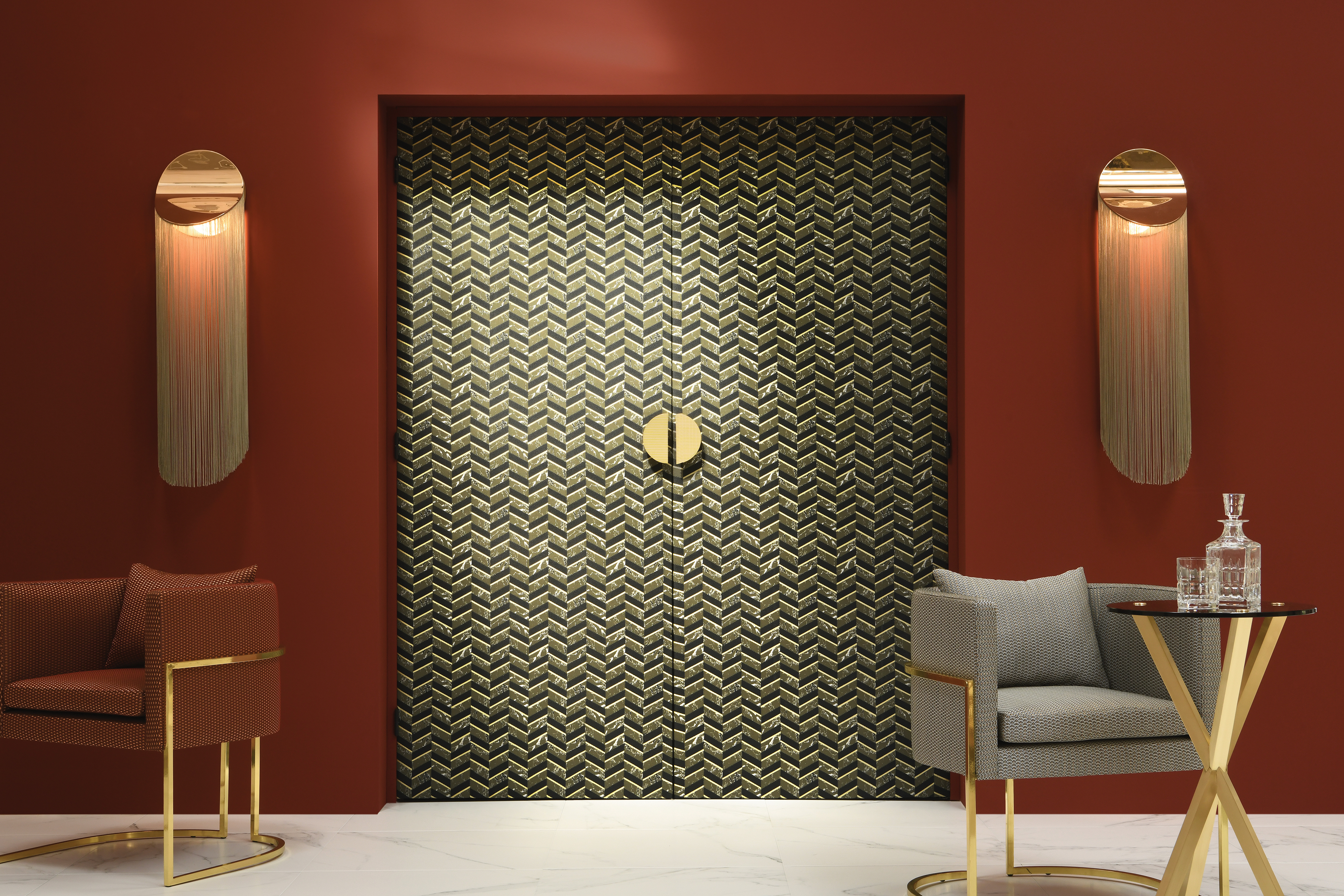

Maintenance and Care Tips for Wall Sconces
- Regularly dust and clean fixtures to prevent dimming from dirt buildup.
- Use appropriate bulbs to maintain brightness and avoid damage to delicate materials.
- Periodically check mounts to ensure stability, especially for heavier designs.
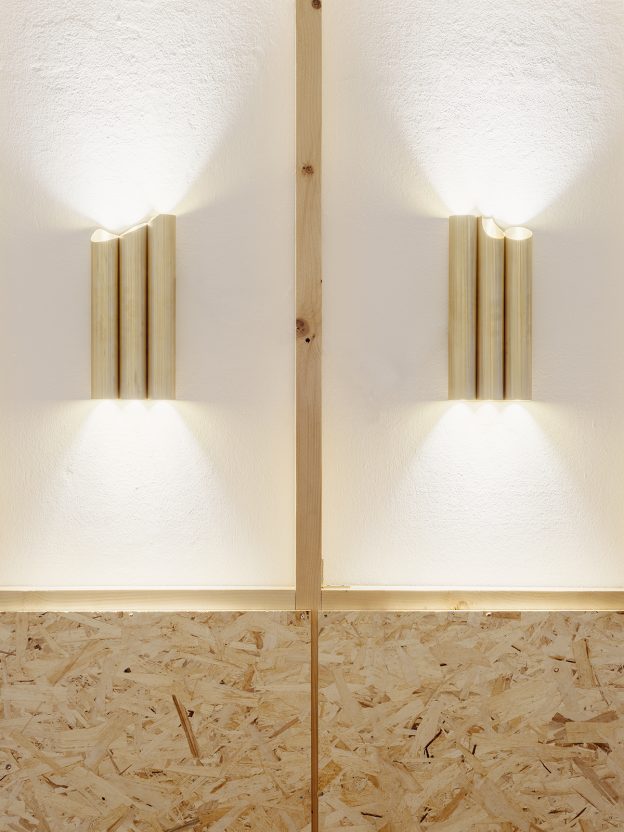

by SCATTER.D
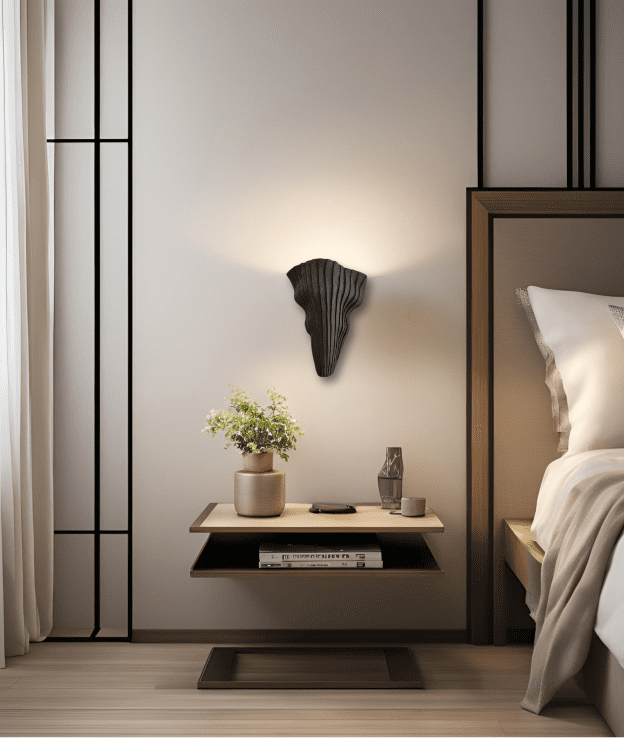

by Studio Ēeme
Sconces prove that solving a lighting challenge can go far beyond basic utility. In a well-designed room, these fixtures become natural pauses for the eye, creating rhythm along walls and offering layers of visual interest that evolve from day to night. Whether illuminating a narrow hallway, anchoring a living room’s composition, or bringing subtle drama to a powder room, thoughtfully chosen sconces demonstrate how lighting can be both practical instrument and defining design element. Like a well-chosen piece of jewelry, don’t underestimate their impact—a single sconce can become the element that transforms a forgettable wall into the most memorable part of your space.
-

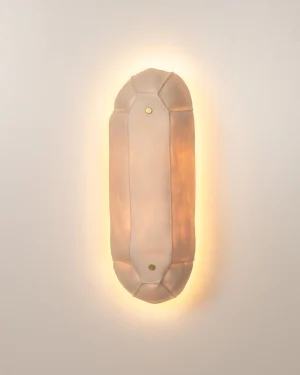 Kawa Series 01 – Ceramic Sconce€2.000 incl. tax
Kawa Series 01 – Ceramic Sconce€2.000 incl. tax -

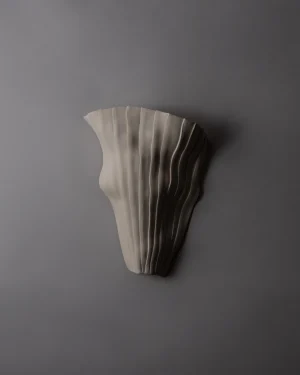 Tenderness – Ceramic Wall Sconce€885 incl. tax
Tenderness – Ceramic Wall Sconce€885 incl. tax -

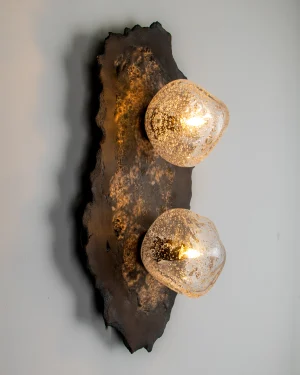 Asea No. 25 – Stoneware / Hand-blown Glass Sconce€1.100
Asea No. 25 – Stoneware / Hand-blown Glass Sconce€1.100 -
Piece on sale

 Steel Arm Sconce Lamp€11.125 incl. tax
Steel Arm Sconce Lamp€11.125 incl. tax -

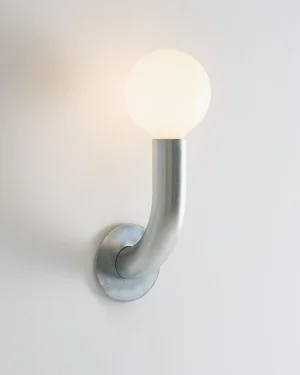 Zinc Wall Light Curva€640 incl. tax
Zinc Wall Light Curva€640 incl. tax -

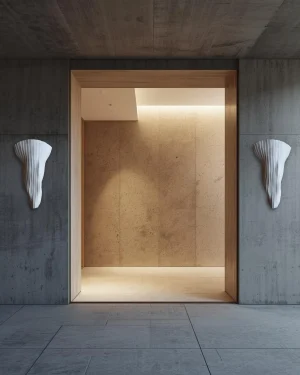 Large Tenderness – Ceramic Wall Sconce€1.438 incl. tax
Large Tenderness – Ceramic Wall Sconce€1.438 incl. tax -

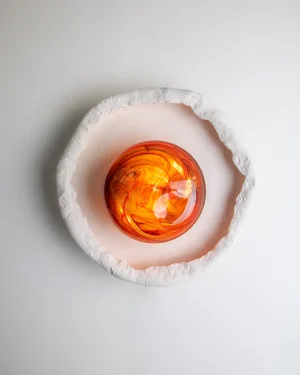 Asea No.35 – Stoneware Ceramic / Blown Glass Sconce€1.200
Asea No.35 – Stoneware Ceramic / Blown Glass Sconce€1.200 -

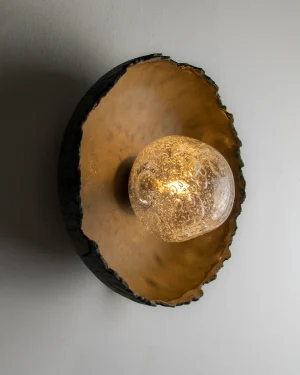 Asea No.12 Moss – Stoneware Porcelain / Blown Glass Sconce€800
Asea No.12 Moss – Stoneware Porcelain / Blown Glass Sconce€800 -
Piece on sale

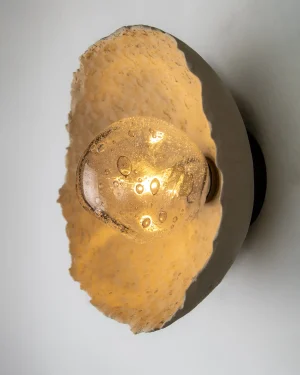 Asea No. 23 – Stoneware / Hand-blown Glass Sconce€800
Asea No. 23 – Stoneware / Hand-blown Glass Sconce€800
